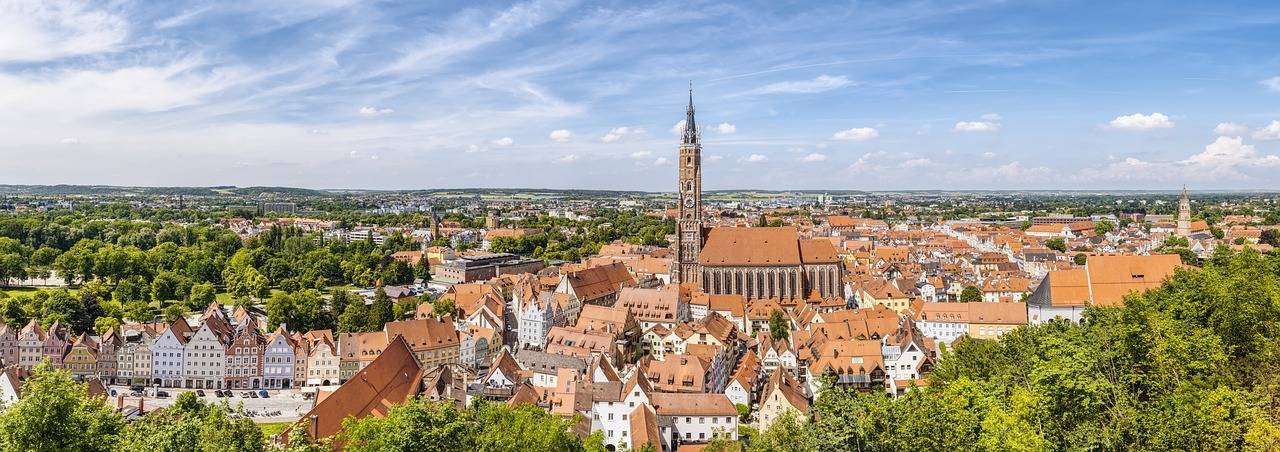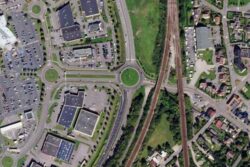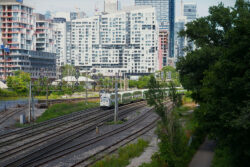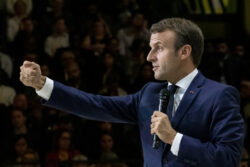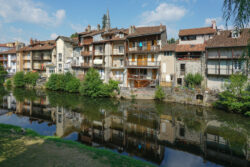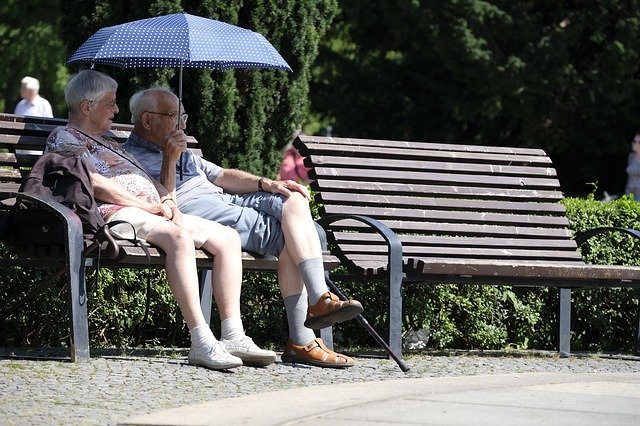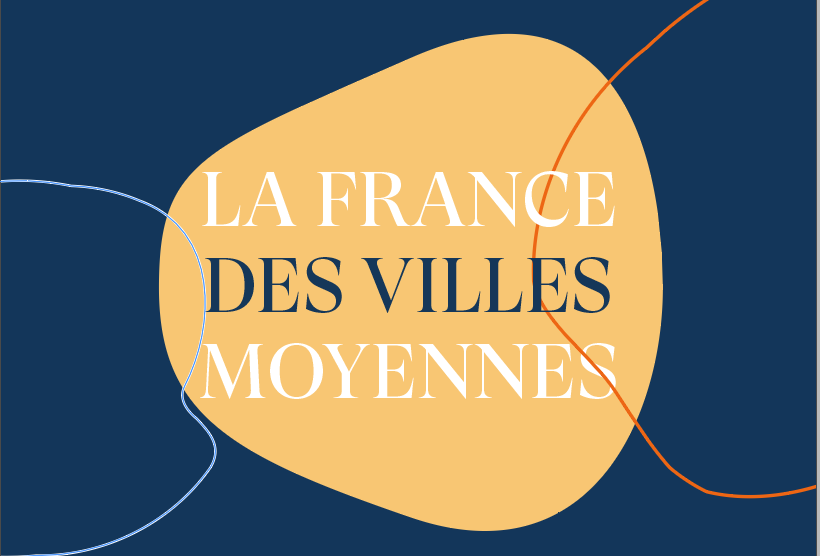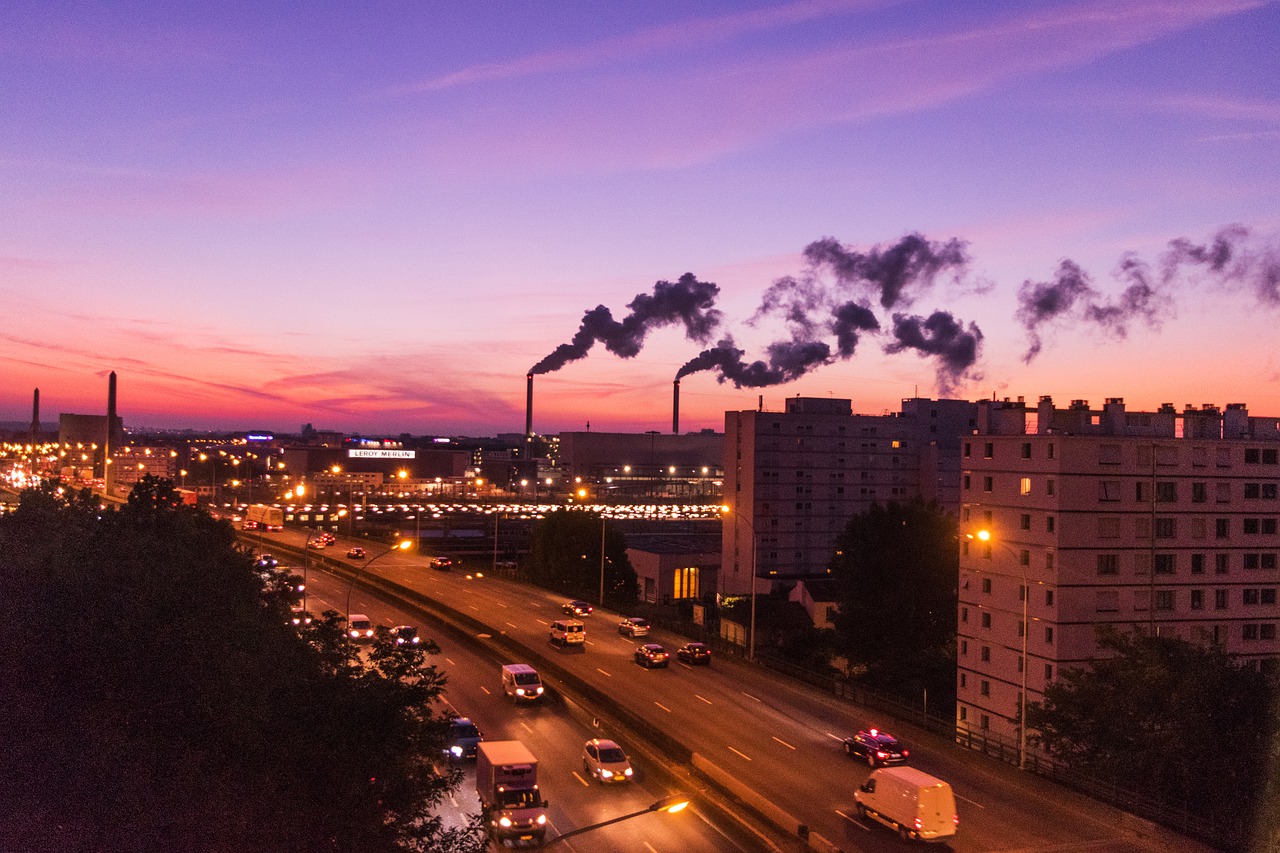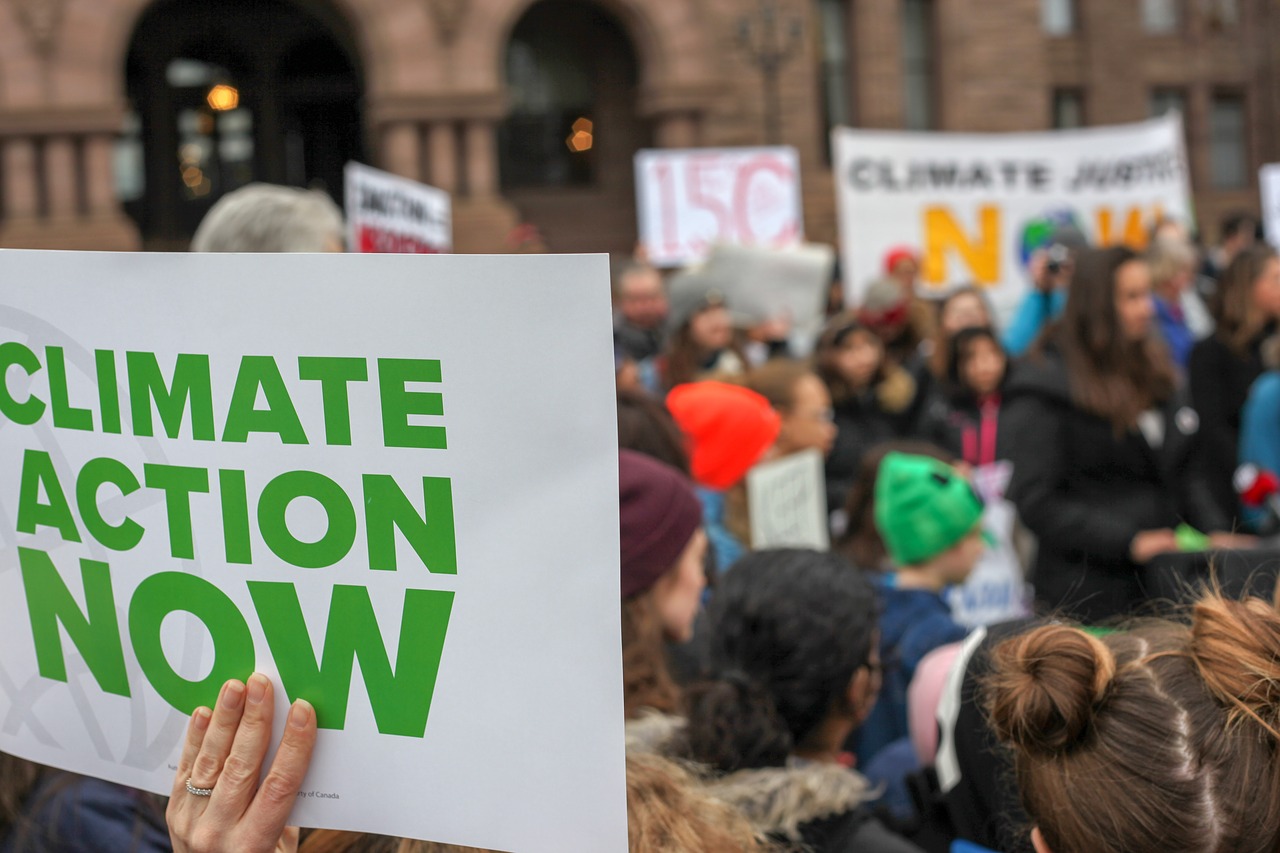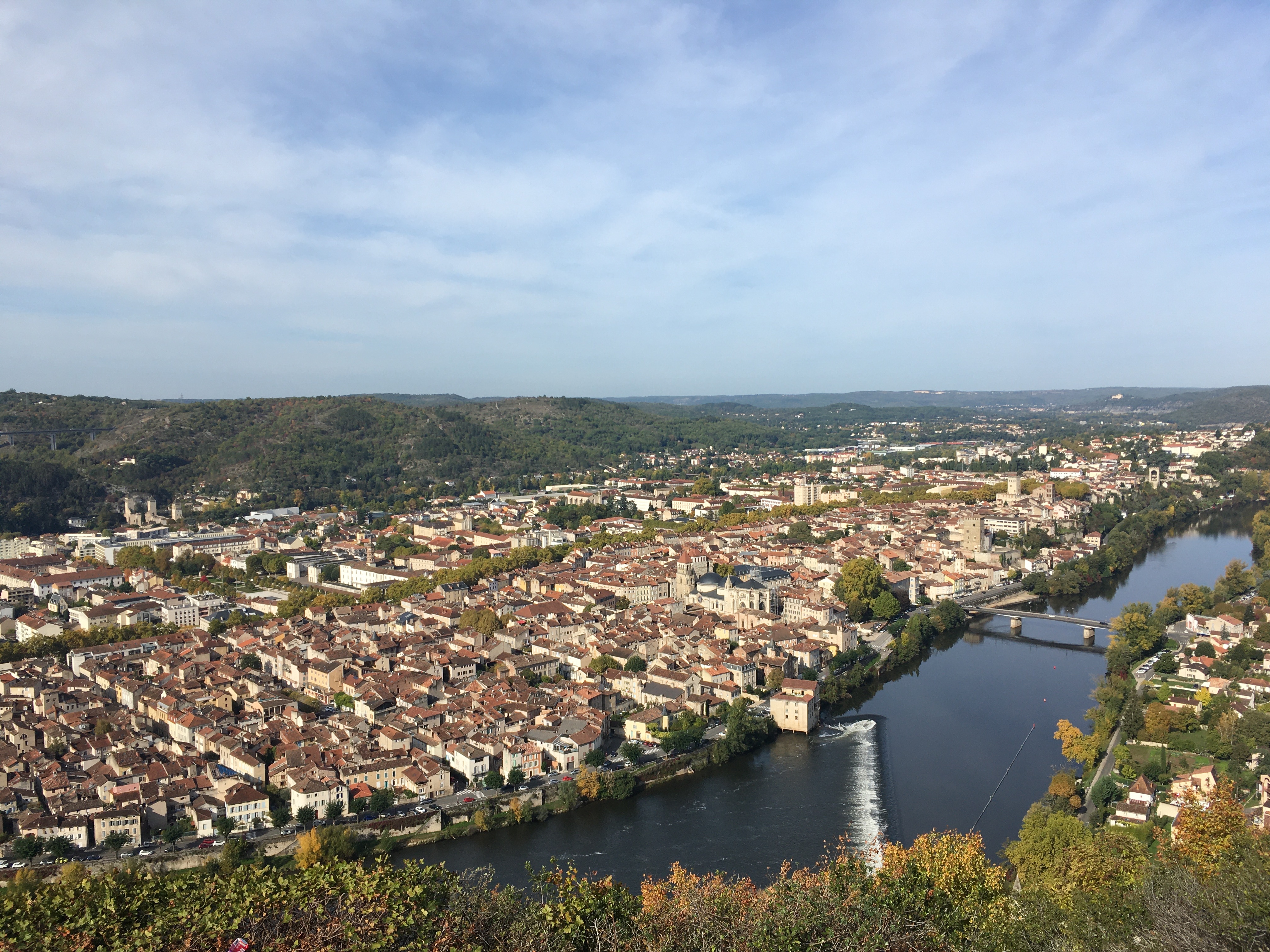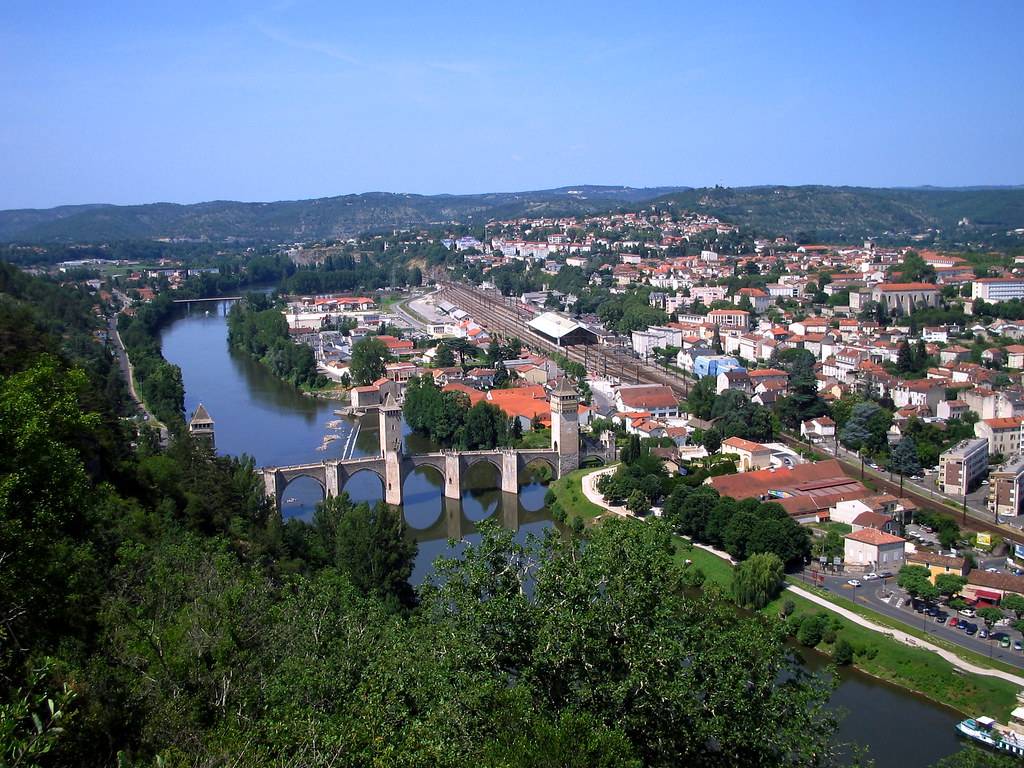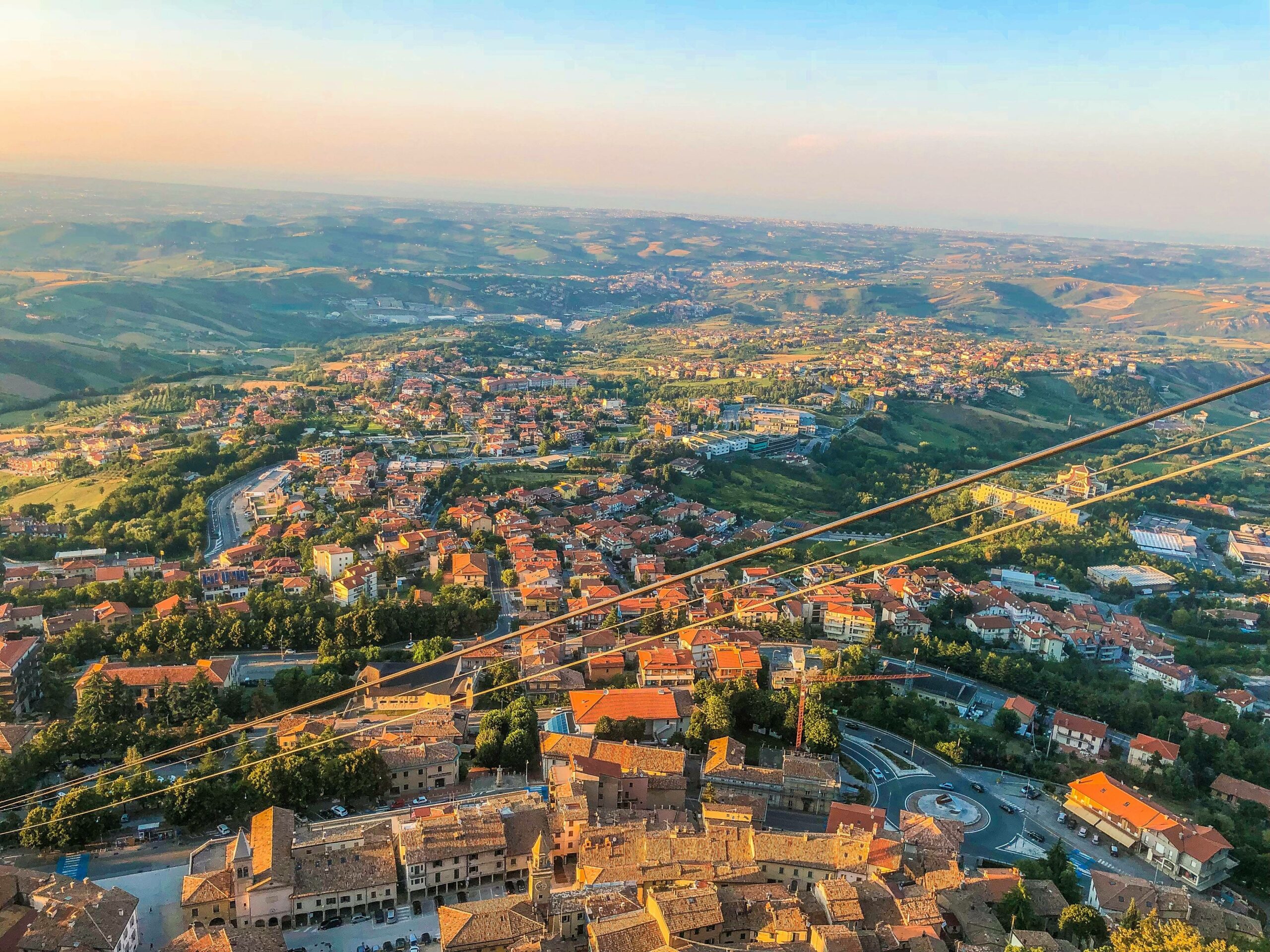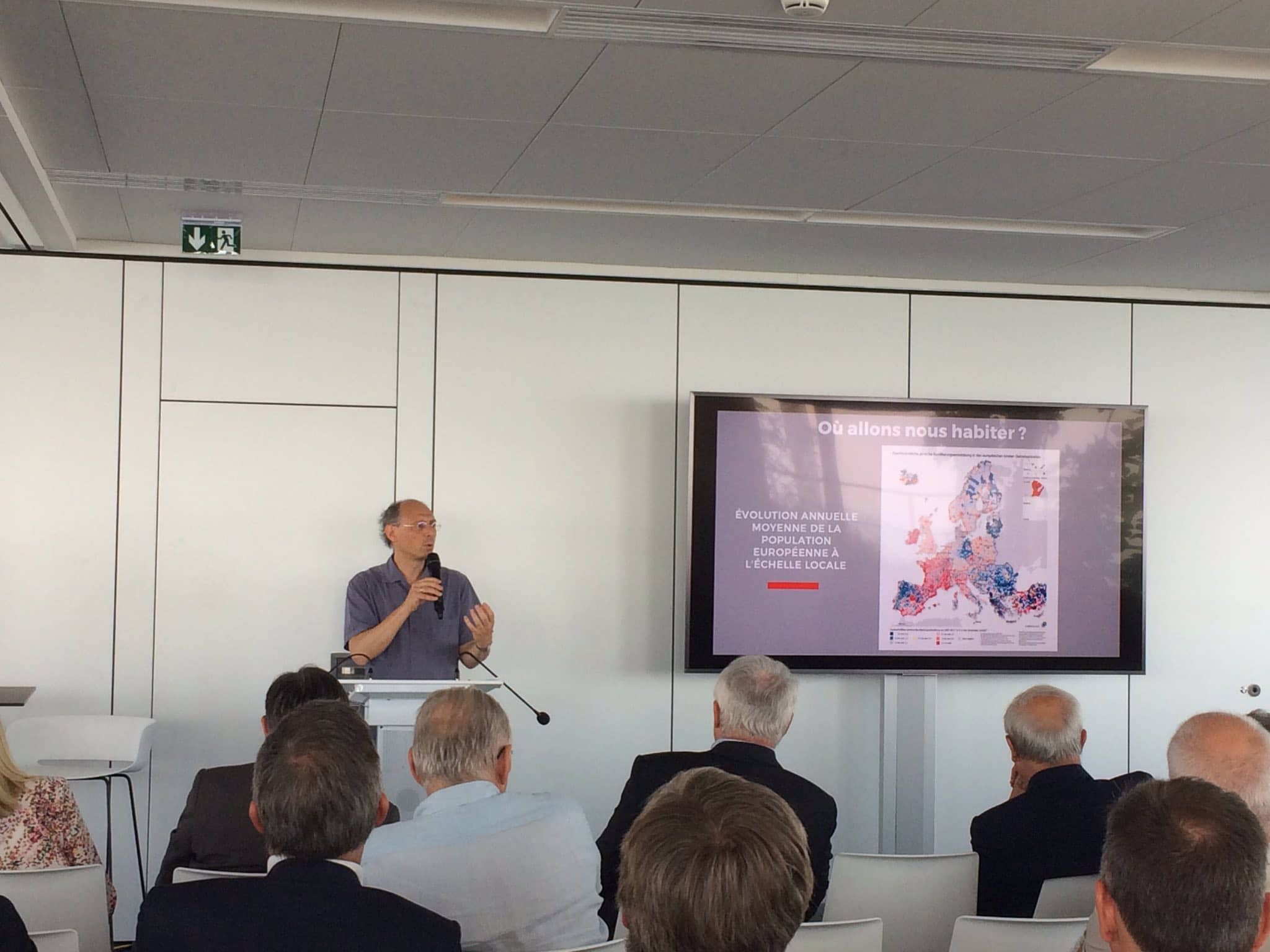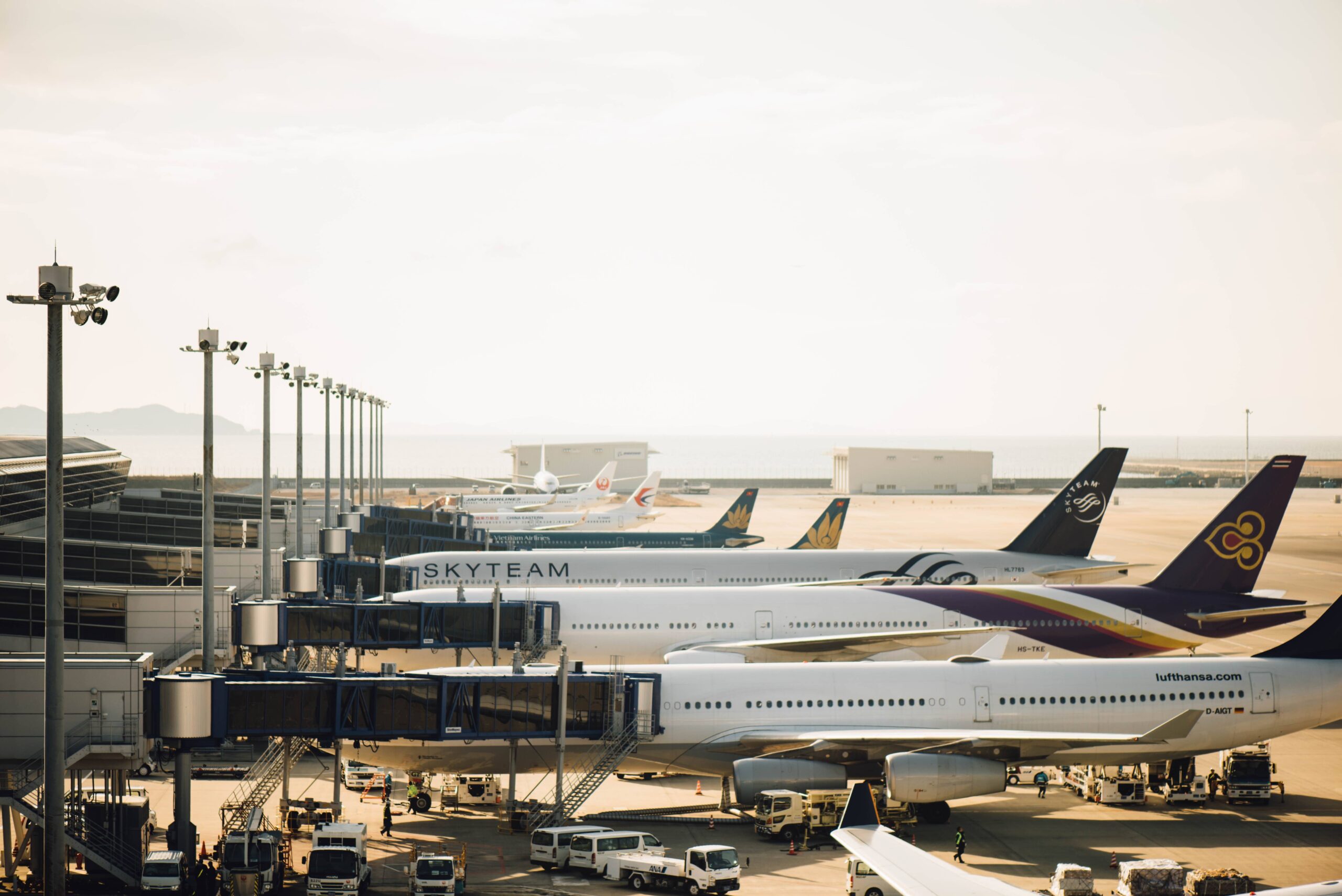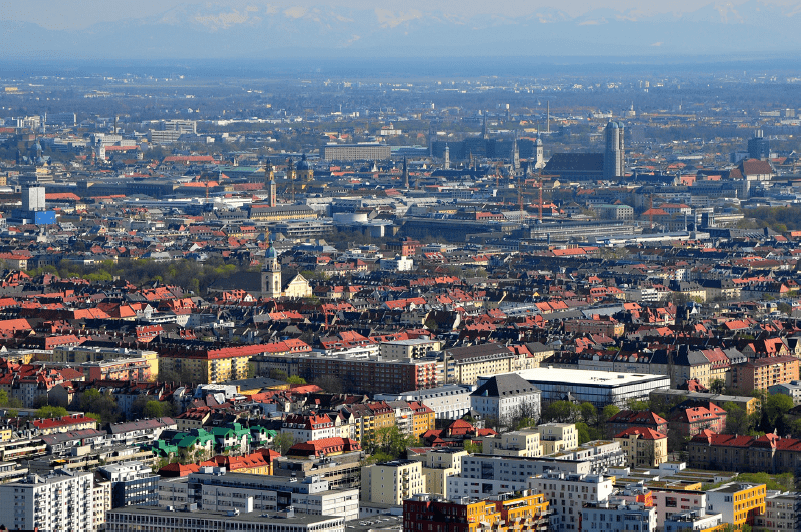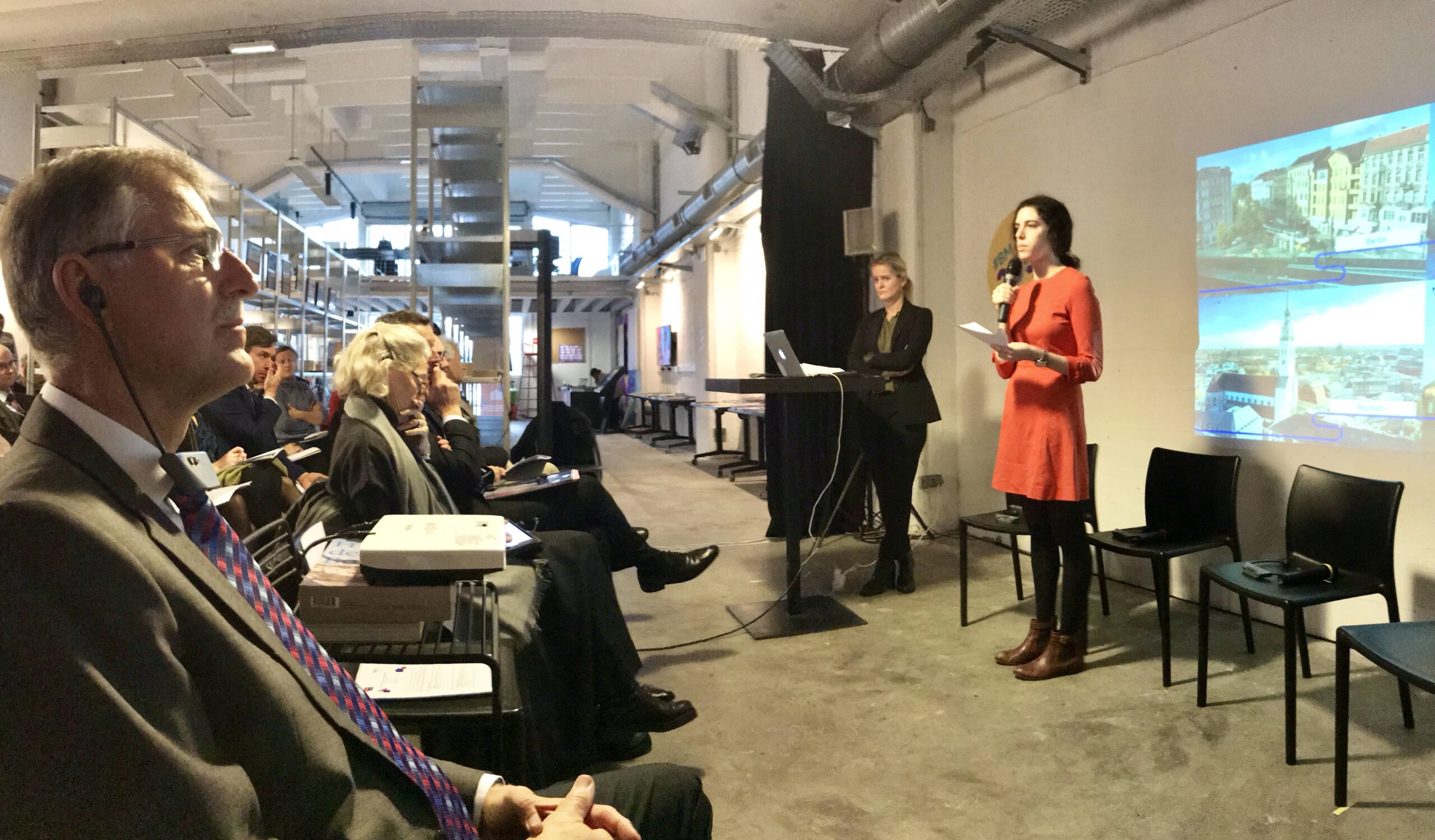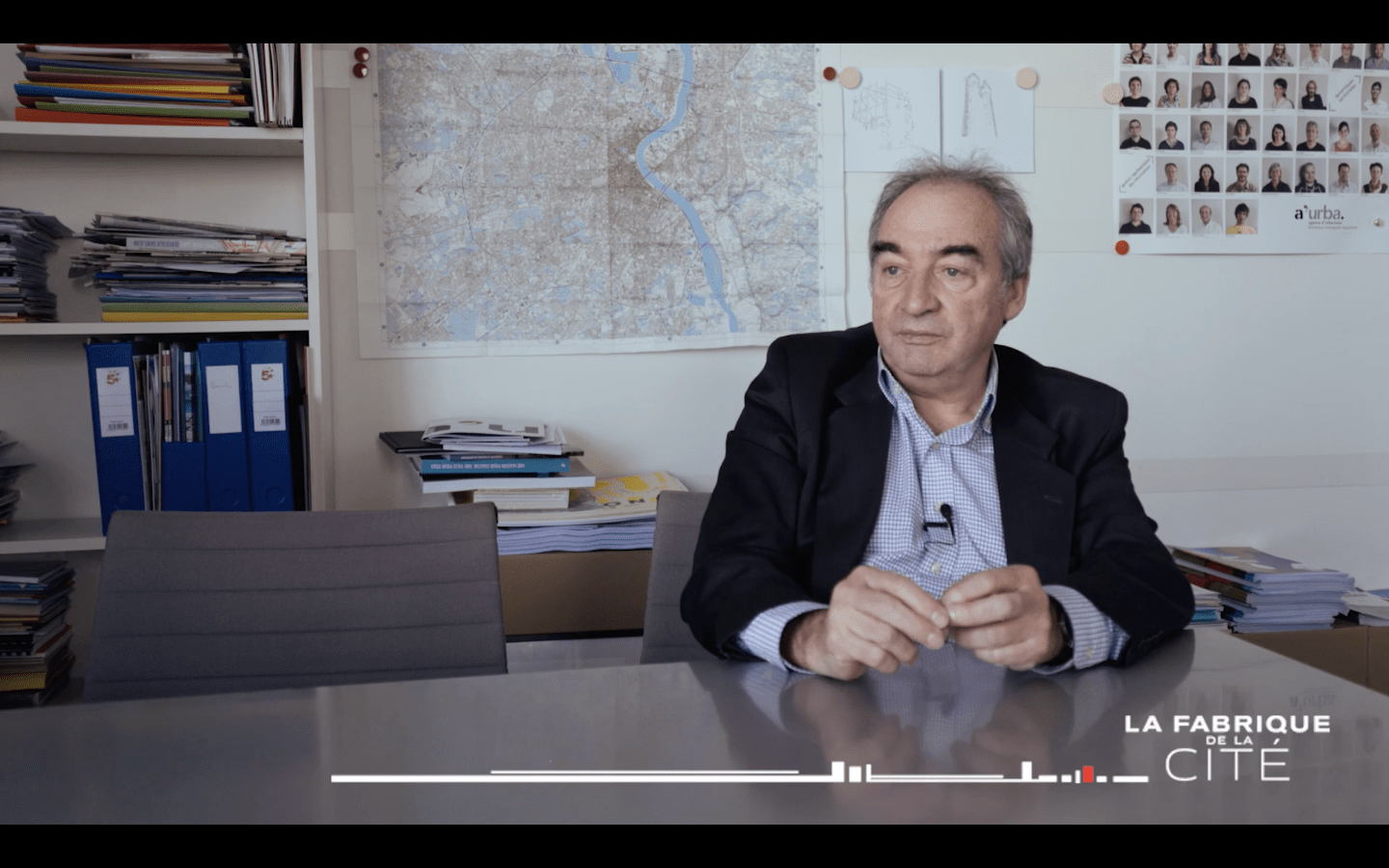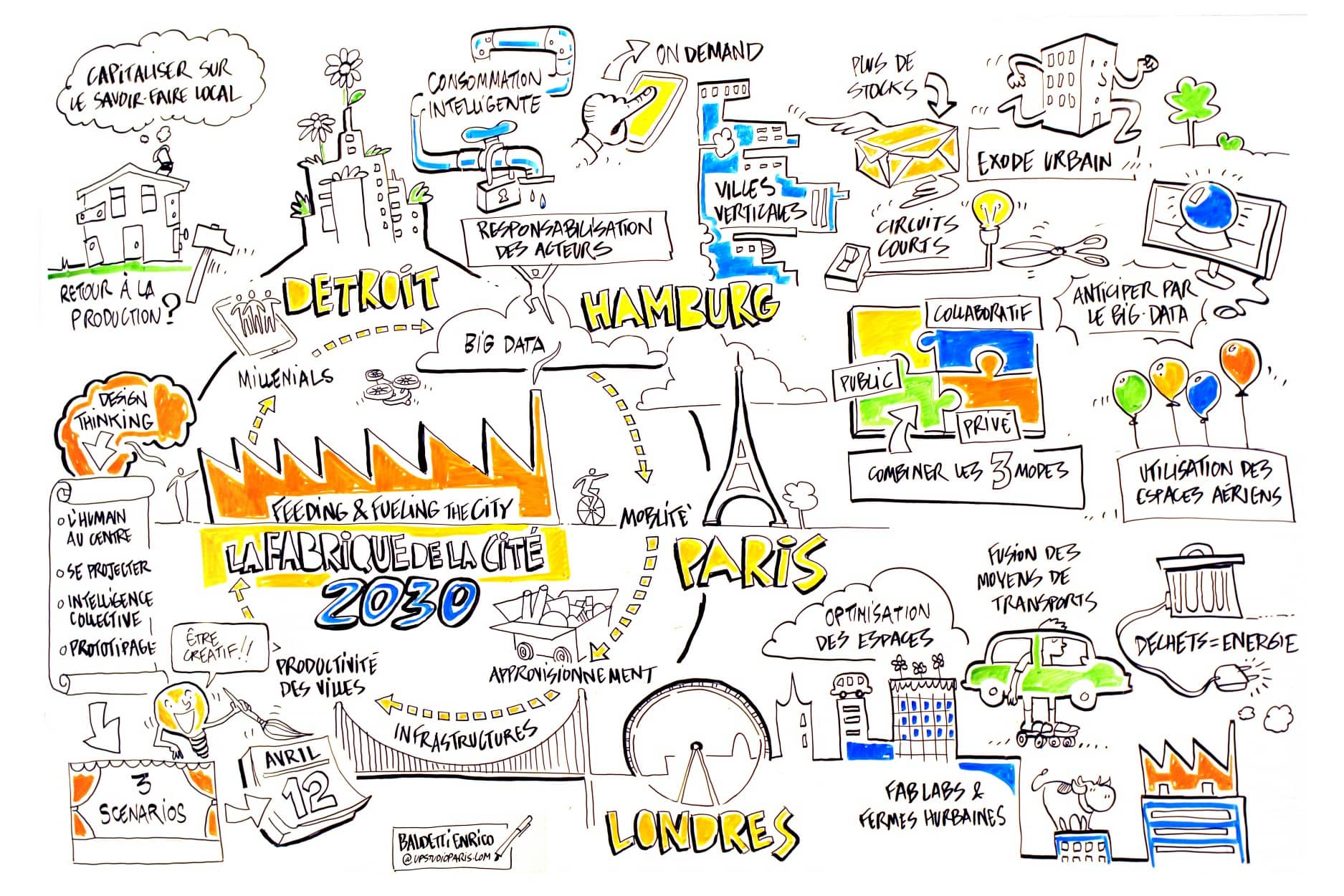

Ode to the medium-sized urban area
“Renewal of medium-sized towns”, “Revenge of medium-sized cities on metropolises”… If the headlines of the last few weeks are anything to go by, a profound urban transition is underway in France, according to which large cities are losing vitality while medium-sized cities are gaining it, thanks to the aspirations born during lockdown. This dichotomy between two “types” of urban spaces is strongly rooted in representations. It fuels the “fantasy of a ‘great departure’ from the capital city”, and, in its wake, the simultaneous launch of numerous communication operations by French cities such as Alès or Mazametto attract companies, their executives (possible future inhabitants) and tourists in search of space, greenery and clean air.
According to a study entitled “The Pollution Solution”, piloted in 2019 by HSBC, this trend was already at work last year at the global scale. Data collected from 12,000 respondents at the end of 2018 in France, Australia, Canada, the United States, the United Arab Emirates, Malaysia, Mexico, the United Kingdom, Singapore, and Taiwan show that “globally, (…) more than one in ten (12%) people (12%) have made the choice to move from an urban center to a peripheral urban area or to the countryside. This decision is explained in particular by the desire to escape the stress generated by urban life (17%) and the pollution of cities (14%)”. Other arguments, such as safety, lower cost of living, and a slower rhythm are put forward.
This idea of a “revenge” of medium-sized cities accelerated by confinement is strongly questioned, as we explained last May. But it has at least rekindled the debate on the notion of “medium-sized cities”. It is precisely this notion that we attempt to explore in a new issue brief (in French) by Raphaël Languillon-Aussel, senior research officer at La Fabrique de la Cité, who intends to go beyond simplistic visions of medium-sized cities to bring to light more qualified realities.
What are we really talking about when referring to “medium-sized cities”? Sometimes idealized, sometimes presented as “in crisis”, medium-sized cities invoke diverse representations. Yet all they refer to a notion that is now inoperative: that of “city”. Contrary to what a fixist view of urban dynamics suggests, the city outgrew its physical and conceptual boundaries to make way for the “urban” during the second half of the 20thcentury; thus, Françoise Choay talks of “the reign of the urban and the death of the city”. Behind the term “urban” lies the functional reality of the city: that of the urban area. Thus, changing both our scale and perspective is necessary to better understand territories. While it is not yet well defined, will future urban imagery operate on the same scale as these functional spaces?
No time to read? La Fabrique de la Cité has got you covered. Check our newsletter #36.
To be informed of our upcoming publications, please subscribe to our newsletter and follow our Twitter and LinkedIn accounts.
Find this publication in the projects:
These other publications may also be of interest to you:
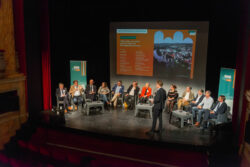
Back from Cahors
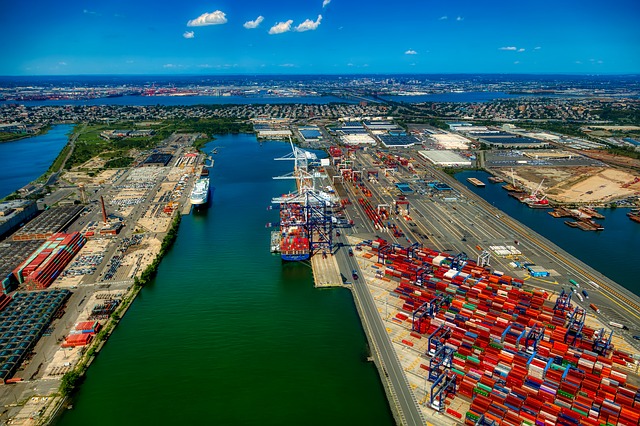
Rebalancing
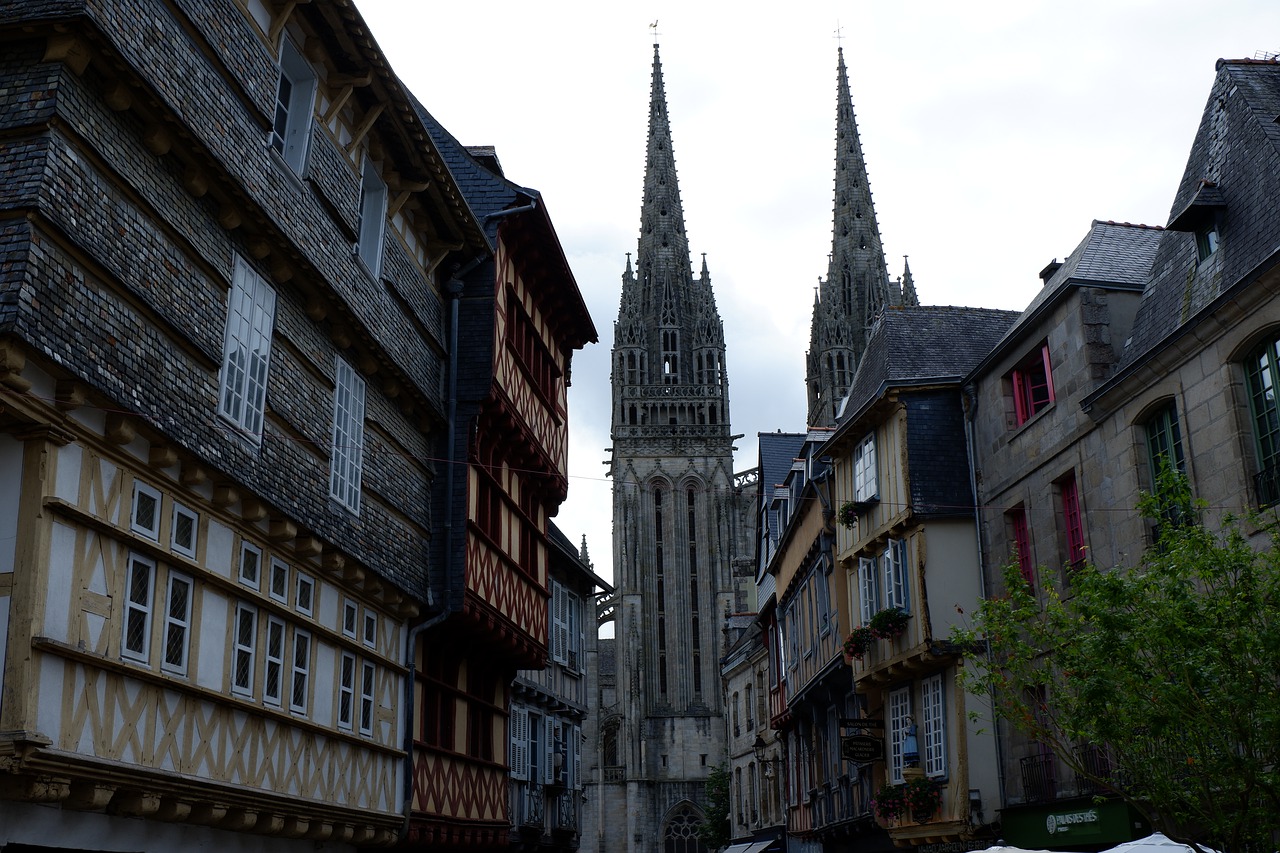
Size, Network and People

Inventing the future of urban highways
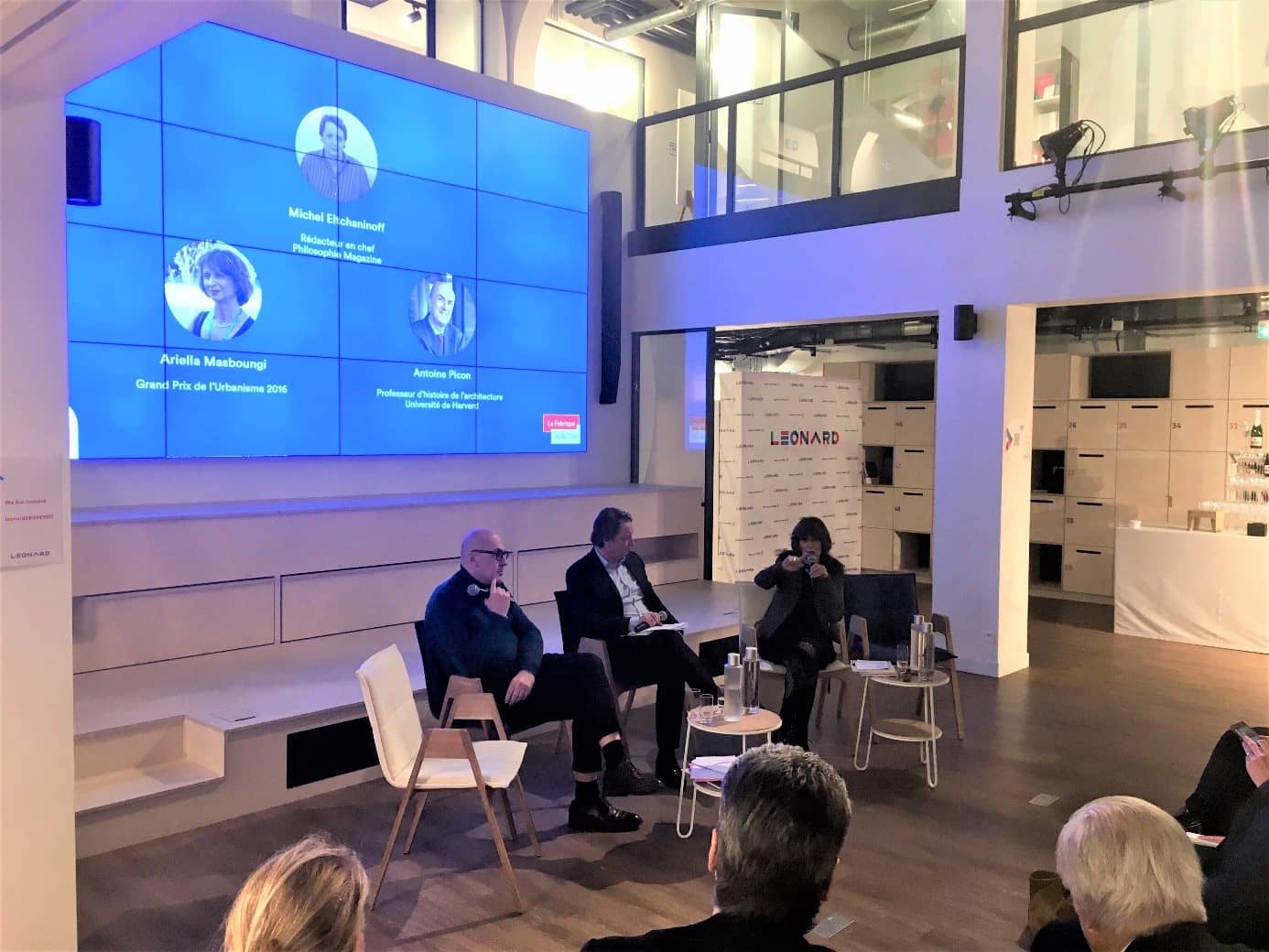
Spatial justice, managing the situation to enable development?
La Fabrique de la Cité
La Fabrique de la Cité is a think tank dedicated to urban foresight, created by the VINCI group, its sponsor, in 2010. La Fabrique de la Cité acts as a forum where urban stakeholders, whether French or international, collaborate to bring forth new ways of building and rebuilding cities.
















